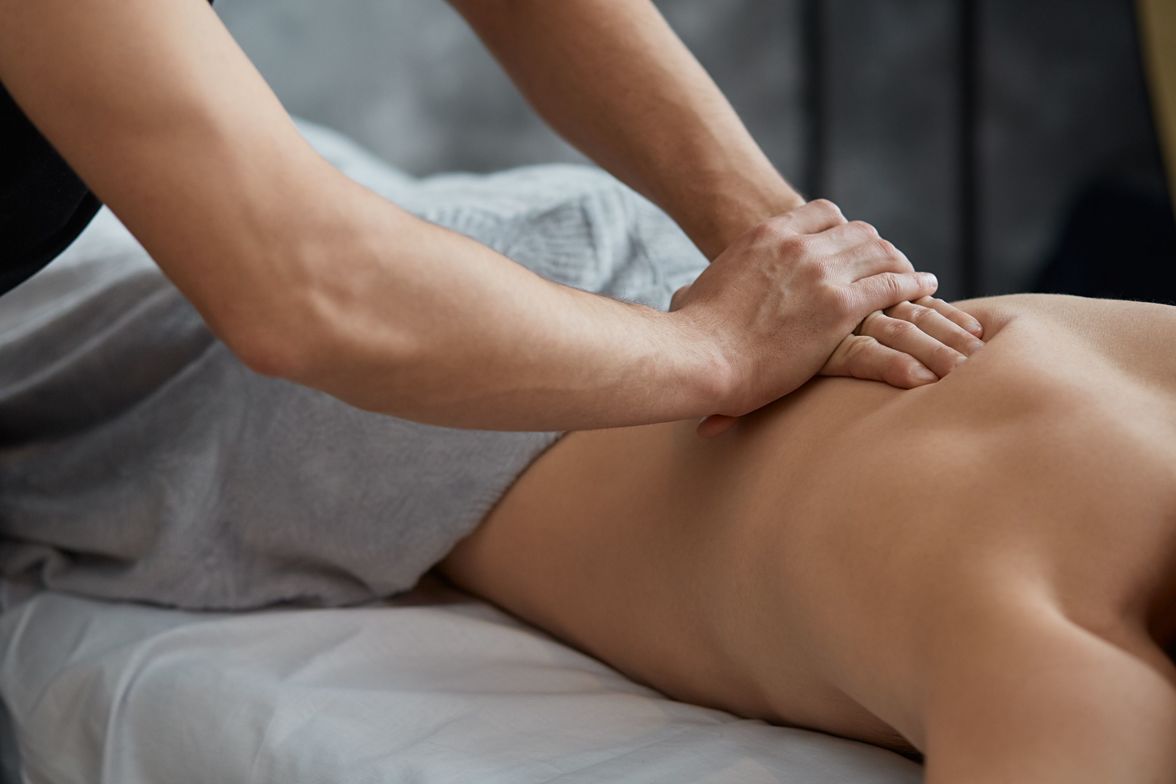
Reflexology, an old healing practice that has actually stood the test of time, remains to mesmerize the minds and soles of individuals worldwide. This alternative treatment is based on the concept that specific factors on the feet, hands, and ears represent different body organs and systems within the body. By applying pressure to these factors, specialists intend to promote healing, relieve stress and anxiety, and recover equilibrium to the body.
The Origins of Reflexology
While the exact origins of reflexology are questioned, proof recommends that comparable techniques have actually existed for countless years throughout various societies. Ancient Egyptian tombs portray what appears to be foot massages, while conventional Chinese medication has long acknowledged the interconnectedness of different body components. The modern practice of reflexology, nonetheless, was established in the early 20th century by Dr. William Fitzgerald and later on refined by Eunice Ingham, usually described as the “mother of reflexology.”
Just How Reflexology Works
The fundamental concept behind reflexology is that the body is separated right into ten vertical zones, each corresponding to various body organs and body parts. By using stress to details points within these areas, reflexologists believe they can affect the equivalent locations of the body. For circumstances, the pointers of the toes are believed to represent the head, while the ball of the foot is related to the chest and lung area.
Prospective Benefits of Reflexology
Supporters of reflexology assert a variety of benefits, consisting of:
Stress and anxiety decrease and relaxation
Boosted flow
Boosted immune system function
Pain relief, specifically for frustrations and migraines
Improved sleep top quality
Relief of digestive issues
While clinical research on reflexology is recurring, lots of people report considerable improvements in their overall well-being after getting therapies. It’s crucial to keep in mind that reflexology is generally thought about a corresponding therapy and needs to not replace standard healthcare.
What to Expect During JKリフレ lasts in between 30 to 60 mins. The reflexologist will certainly begin by examining your feet prior to applying stress to specific factors.
Self-Reflexology Techniques
While professional sessions can be useful, you can additionally practice some standard reflexology strategies in the house. Below are a couple of simple workouts to try:
Foot rolling: Roll a tennis ball or specialized reflexology ball under your foot for a couple of minutes every day.
Thumb walking: Use your thumb to “stroll” along the soles of your feet, using stress as you go.
Hand reflexology: Apply stress to the center of your palm using your thumb from the opposite hand.
Integrating Reflexology right into Your Wellness Routine
Just like any kind of brand-new health practice, it’s essential to approach reflexology with an open mind and reasonable expectations. While it may not be a cure-all, many discover that normal reflexology sessions or self-practice can be an important enhancement to their total wellness regimen. Whether you’re looking for stress and anxiety relief, discomfort administration, or merely a moment of leisure, reflexology uses an unique approach to nurturing your body and mind.
Remember, if you have any kind of wellness issues or are expecting, it’s constantly best to talk to your doctor before starting any kind of new therapy, including reflexology. With its mild method and capacity for advertising total health, reflexology continues to be a popular choice for those looking for a natural, holistic strategy to health and wellness.
While the precise origins of reflexology are questioned, proof suggests that similar practices have existed for thousands of years throughout different societies. The modern-day method of reflexology, however, was created in the early 20th century by Dr. William Fitzgerald and later on improved by Eunice Ingham, often referred to as the “mom of reflexology.”
The essential concept behind reflexology is that the body is split right into ten upright zones, each matching to various organs and body components. As with any brand-new wellness practice, it’s necessary to approach reflexology with an open mind and realistic assumptions. Whether you’re looking for tension relief, pain monitoring, or just a minute of leisure, reflexology offers an unique strategy to nurturing your body and mind.